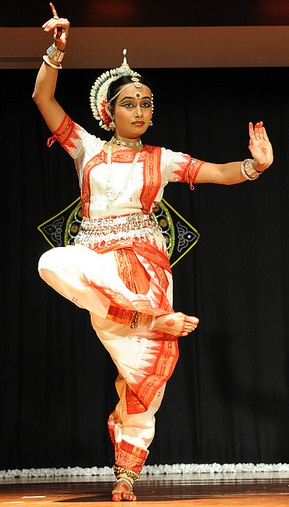
Both parties consist of singers, songwriters, and fellow performers along with musical instruments. There are two choirs in this art – one is called Kalgi and the other is called Turra Dal. The art of Nimad and this traditional art form settled in the rural environment is still an expert domain. The cultural color of Nimad, the traditional art form of Kalgi-Turra is still intact. Apart from these four months, dancers perform their livelihood through hard work and labor. Kathi Loknatya’s dancers are spread across several villages in Nimad. According to the convenience, the parties have been concluding in the temples of Bijagarh Mahadev, Sirwell Mahadev etc. Starting from Dev Prabodhini Ekadashi to Mahashivratri for four months, this sacred dance ritual ends at the Mahadev Temple in Pachmarhi. In return, the villagers donate food and clothing, which is the basis of their livelihood.

These teams go from village to house and sing the song in ‘Nimadi Boli’ to praise the worship of Maa Shakti Parvati. The characterization of Raja Harishchandra, Suriyajo Mahajan, Gondennaar and Bhillon Bal-Katha Nimadi Boli is the soul of saddle songs.

Four folk tales are prominent among them. The story of Kathi songs is ancient & historical. The brass plate is accompanied by a rhythmic sound. The main musical instrument for music is ‘Dhak’ which is in the shape of a small slum. Apart from these, a person picks up a decorated saddle and walks with the dancer team. The big Bhagat and the supporting dancers in the group are called Chhota Bhagat. The group members then wear bright colored costumes. Its clothes are adorned with peacock feathers. In this dance form, ‘Kathi’ is decorated with bamboo.


Kunwar Udai Singh Anuj, President of Akhil Nimad Lok Parishad, says that in Nimad, mainly Balai Samaj artists perform Kathi Dance.


 0 kommentar(er)
0 kommentar(er)
